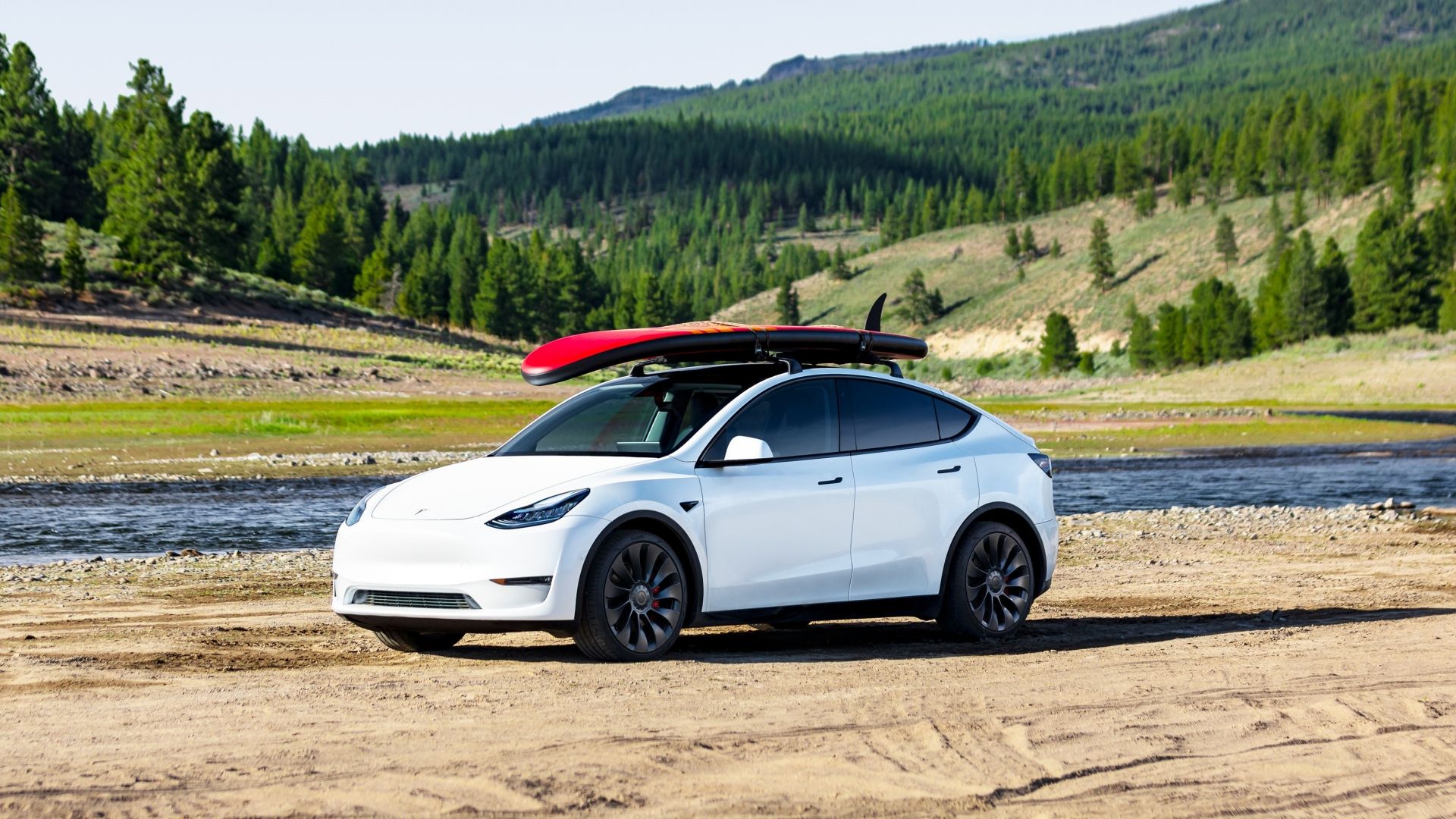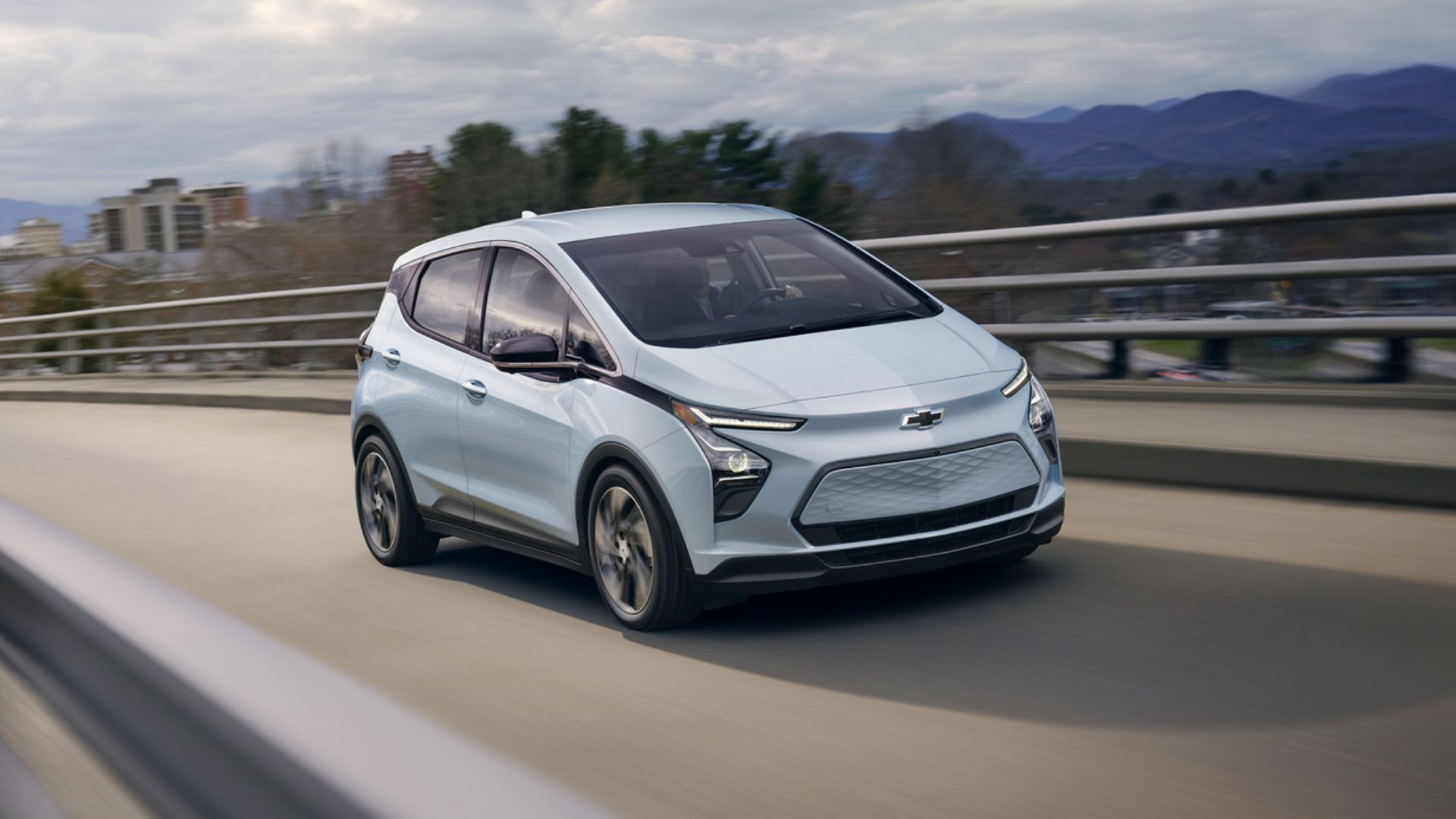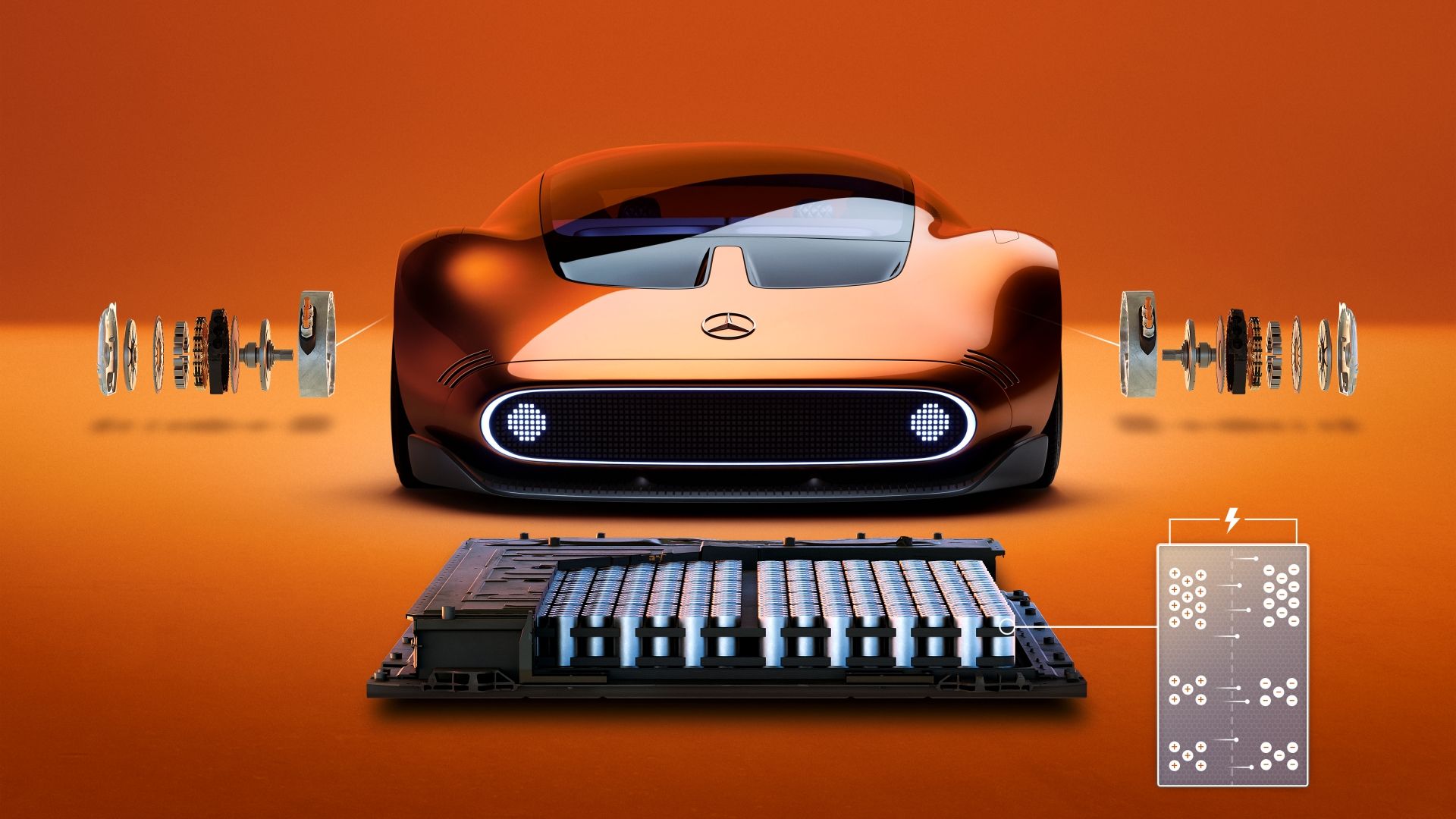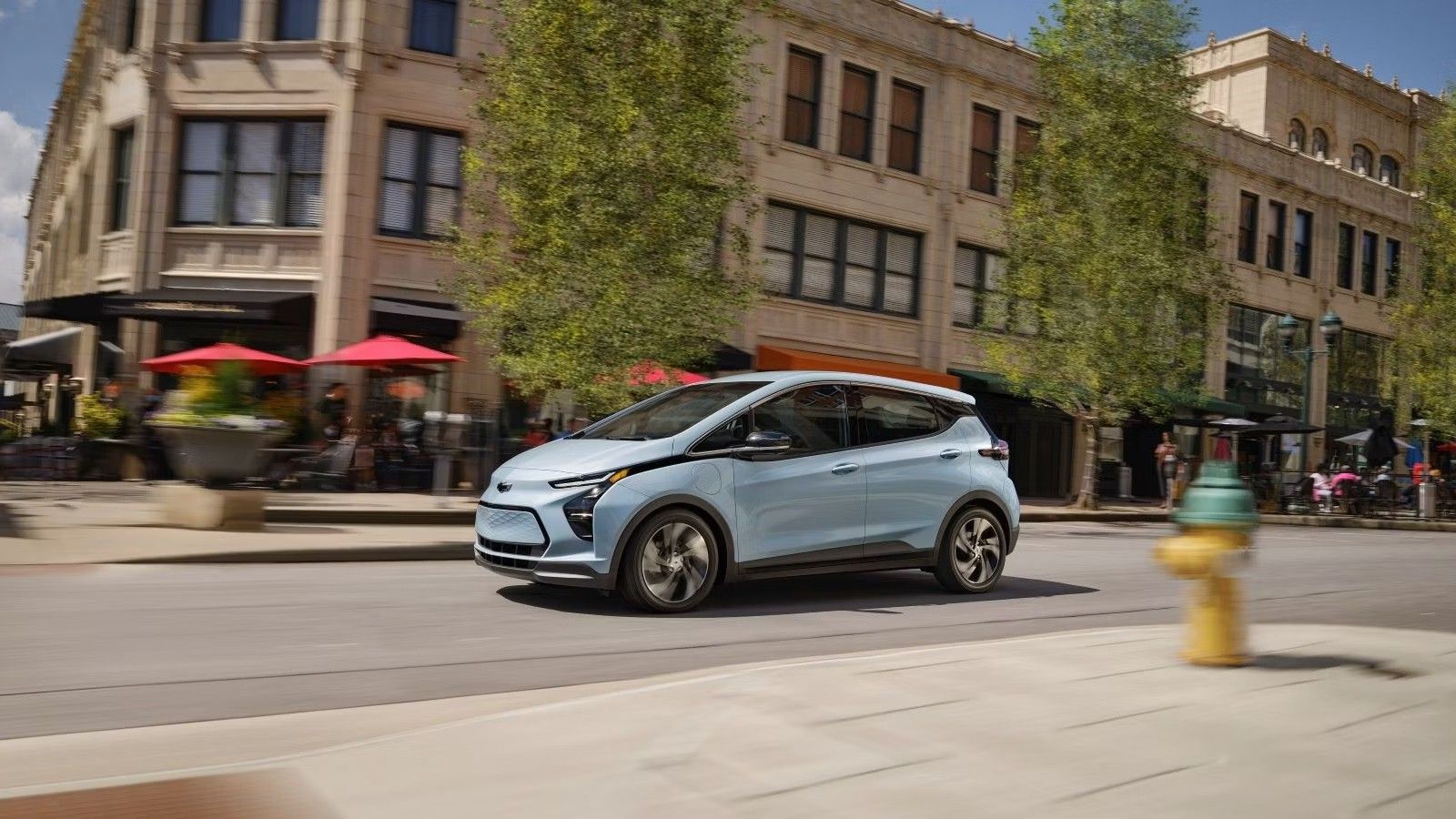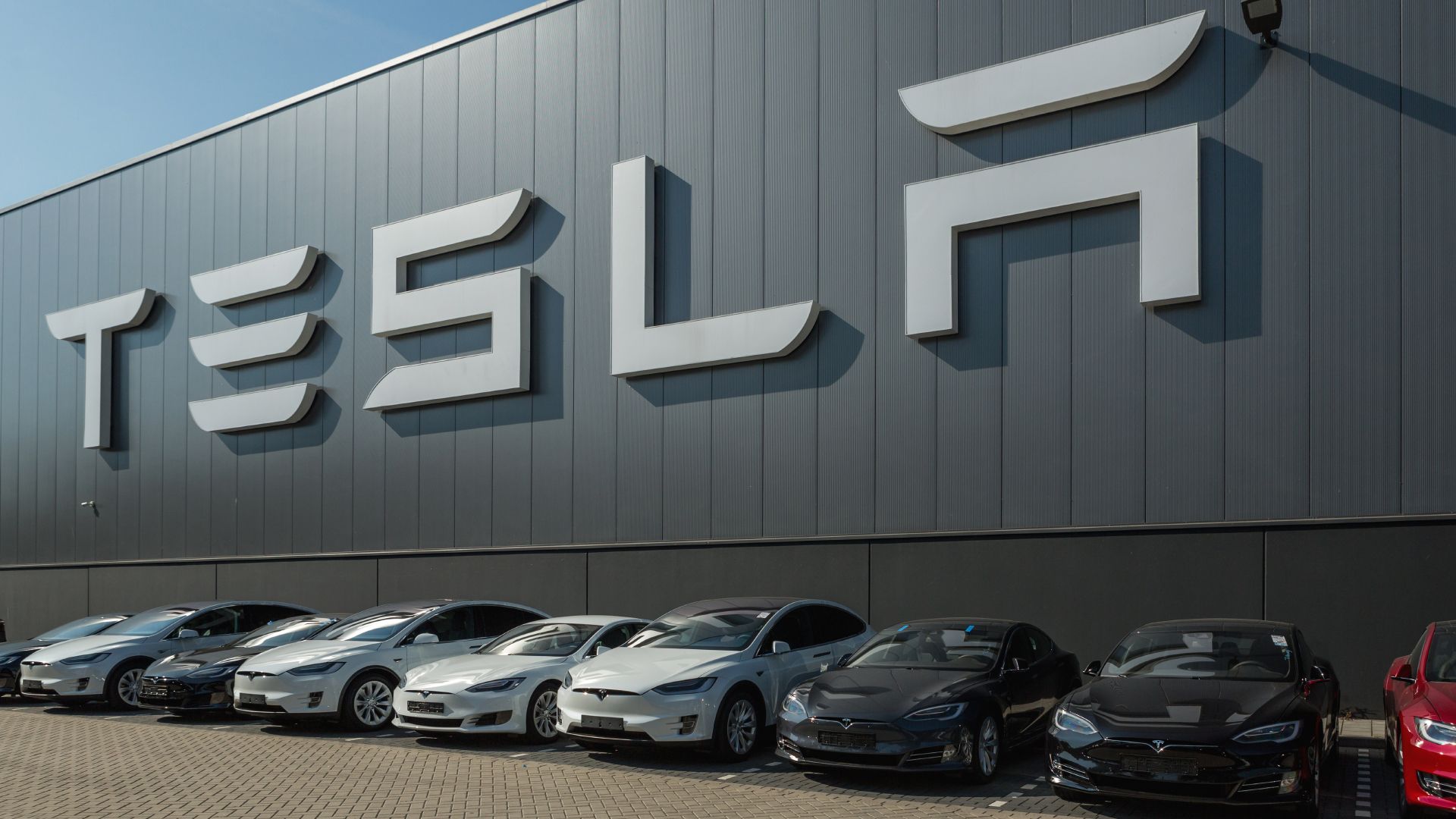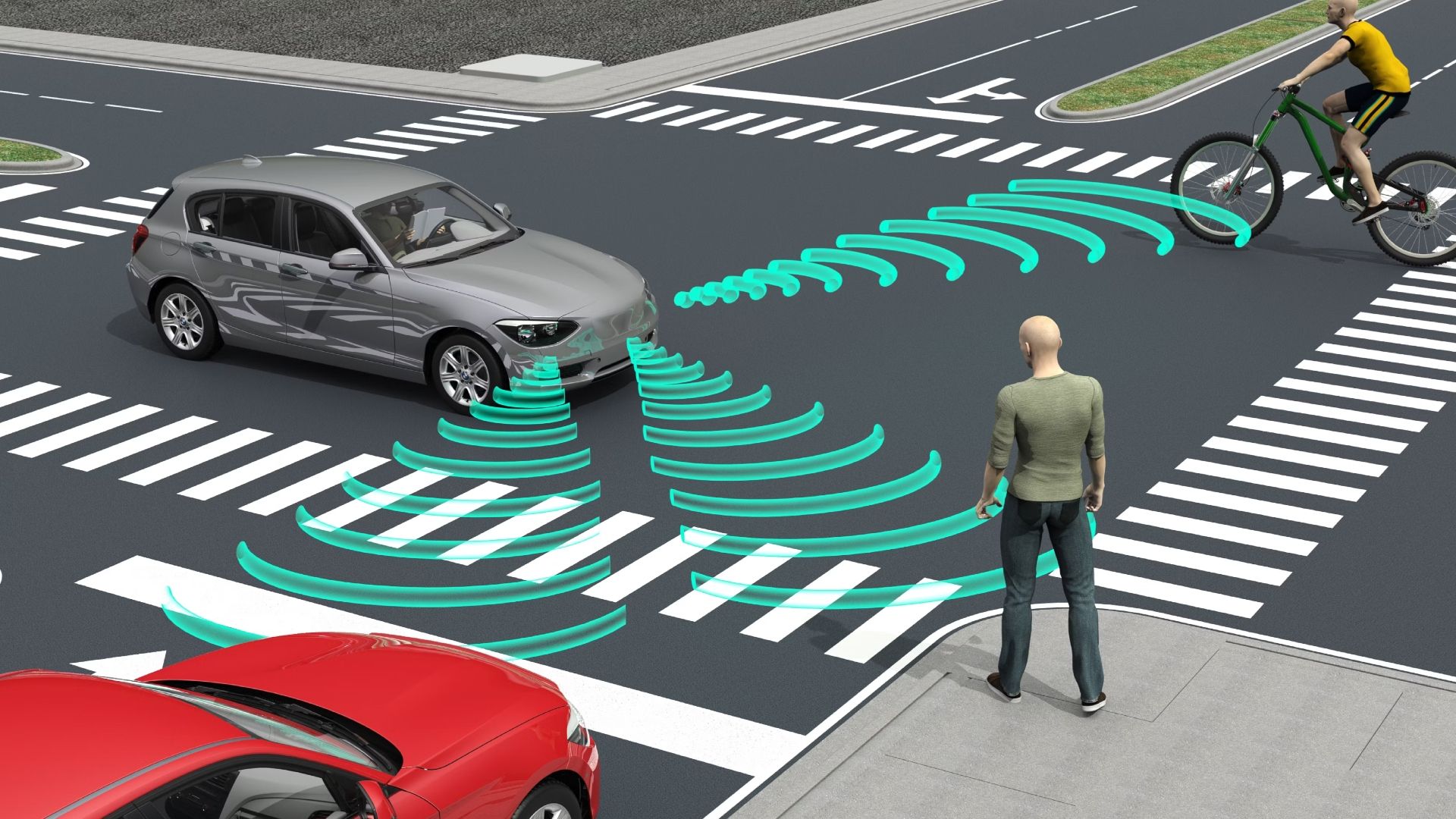Electric vehicles have been around for quite some time now. As a matter of fact, the first electrified “vehicle” made, nearly 200 years ago, was actually a wooden carriage – something that is typically pulled by a horse. It was fitted with galvanic battery cells that would propel this carriage at something like three to four miles per hour. As you can imagine, this wasn’t very practical, and it wasn’t until the late 1800s that electric powertrains became a bit more common due to the newfound ability to recharge their batteries.
Today, EVs have come a long way since the early days of horse buggies with dozens of heavy batteries strapped inside of them. Brands like Tesla produce some of the most technologically advanced and practical vehicles on the road, and many drivers have already made the switch to a full-electric car without ever looking back. But what exactly makes electric cars so desirable? Turns out – there’s quite a bit of appeal, so here are 10 things that aspiring EV owners will come to love about their new environmentally friendly vehicle.
Specifications were sourced from manufacturer sites and credible outlets like Car and Driver, KBB, and U.S. News.
1 Muscle-Car Like Torque And Acceleration
If you weren’t already aware, electric vehicles, specifically all-wheel drive EVs like the Tesla Model S Plaid have near instantaneous torque and power that has the potential to make something like a C8 Corvette Z51 look like a joke – on paper, and on the track.
EVs Like The Model S Plaid Are A Prime Example
The Tesla Model S plaid features a tri-engine drivetrain that allows for 1,020 horsepower and 1,050 pound-feet of torque. However, at a price of over $100,000, the Plaid is not necessarily for everyone. On the bright side, even other cost-effective models like the Model 3 Performance or the Kia EV6 GT still produce nearly 500 horses, or in the EV6 GT’s case, more than 500 horses.
2 Saving Money On Fuel Every Time You Drive
This might be a given, although it should be noted how many of those precious dollars you’ll be saving by going full-electric, especially if you charge your vehicle at home or utilize a solar charger. It is true that your electric bill will rise if you’re charging the EV daily, however, the costs of fuel are likely to outweigh this rise in electricity usage.
Save Over $2,000 A Year On Fuel Costs
As an example, let’s imagine a vehicle that gets 20 MPG, and the commute is 40 miles (round trip). If you’re working five days a week, that’s approximately 200 miles of driving. This means you burn about 10 gallons per week or 520 gallons per year. With average gas prices being around four dollars (depending on the octane), this adds up to $40 or $2,080, respectively. That’s a lot of pocket change!
3 A Quiet And Distraction-Free Ride
Aside from the incredible performance of EVs that was previously mentioned, you’ll also notice an added benefit – a quiet and peaceful drive. It is true that electric motors produce a bit of noise, but this is minimal. When put up against an internal combustion car, especially something with similar power (like a Hellcat), there is no comparison whatsoever.
While many gearheads prefer the sound of their loud, gas-guzzling engine over a silent, peaceful drive – there are many that can do without the noise. On top of this, the blistering speed and acceleration shared by many EVs are likely to cause you to forget to even listen for noise.
4 If You Have A Short Commute, You Can Go Days Without Charging
EVs have been drastically improving in technology over the years – whether we are talking about batteries, motors, regen systems, or more. All of these improvements in technology have led to a much higher potential driving range. Standard options like the Chevrolet Bolt have a range of around 250 miles, while more premium options like the Tesla Model S are able to achieve numbers closer to 400 miles.
Regenerative Braking Helps Recuperate
If your commute is reasonably short, chances are you’ll only need to recharge your EV after every couple of drives. Other systems, such as regenerative braking will further increase how long you can go without charging, by using kinetic energy from the vehicle slowing down to feed power back into the batteries.
5 Advancements In Battery Tech Have Resulted In Cheaper EVs
One of the things that has held EVs back over the recent years is the manufacturing cost that goes into the production of batteries, as well as the types of batteries that are being used. When EVs began to get more practical in the late 90s and early 2000s (think of the Toyota Prius), nickel-metal hydride battery packs were used.
Modern electric vehicles currently on the market, such as a Tesla or a Chevy Bolt use lithium-ion battery packs. This not only allows for longer ranges and more output but also leads to a cheaper overall cost for modern EVs – unless we’re talking about something like the insane Tesla Model S Plaid.
6 Most Updates Can Be Done “Over-The-Air”
Tesla, for quite some time, has bragged about its ability to apply updates “over-the-air” or remotely, if you will. This means you’ll no longer have to visit the shop for simple updates – unless it requires a physical part to be replaced, obviously. Nowadays, there are a plethora of computer systems on any given vehicle, whether it’s electric or internal combustion. With this being said, updates are more common than you’d expect.
Because of Tesla’s ingenuity when it comes to updating its vehicle’s computer systems, you’ll notice a trend of many other automakers doing the same thing. Brands like Audi, BMW, Ford, and more have all implemented similar strategies in terms of over-the-air updates.
7 Potential To Score Tax Credits
If you’re already considering going electric, chances are you’re a fan of preserving that hard-earned cash. Apart from its ability to take fuel out of the picture, EVs also have another hidden money-saving feature. Depending on multiple factors such as whether the vehicle is bought new, if it qualifies, or where it will be driven, you may be able to score up to $7,500 in tax credits.
There are a few other factors that will decide whether you are qualified and how much credit you qualify for – such as your gross annual income, whether the vehicle is bought for personal use or resale, the battery capacity, when the vehicle was bought, and more.
8 Less Visits To The Shop
Apart from the over-the-air updates made common on many EVs, there is another reason why you’ll spend much less time sitting in that boring waiting room at the dealership. Electric vehicles require significantly less maintenance due to the absence of an engine that uses oil and other fluids that need to be changed periodically.
While it is true that you’ll be visiting the shop significantly less, it’s also important to note that EVs still require maintenance. Hybrid batteries utilize a special type of coolant which will need to be replaced every so often, while other wearable items such as brake pads and rotors, tires, and wiper blades will also need to be kept up with – although that may be a given.
9 Modern Technology Such As Self-Driving Systems
Most modern EVs, regardless of the brand or model, are likely to have you up to the neck in tech the moment you take a seat. One brand in particular, Tesla, put itself at the forefront of the emerging electric market by utilizing impressive driving systems – with the self-driving feature being the most notable one.
This feature totally set Tesla apart from its competitors in the EV segment, and was a primary reason for many drivers to make the switch over to the electric side. Due to this, we’ve seen multiple other manufacturers implement their own version of a self-driving feature into their models, such as Nissan’s Ariya or Mercedes-Benz’s EQS.
10 No Engine Under The Hood Meaning More Cargo Space
Most electric vehicles have lithium-ion battery packs placed on the undercarriage of the vehicle, while the electric motors are typically placed in between the wheels (close to where a differential would be) – whether it be in between the front wheels, rear wheels, or both.
Most EVs Come With Spacious Frunks
Instead of having an engine tightly crammed under the hood of your car, there’s actually nothing there. This means you’ll technically have two trunks, or as some might say a trunk and a frunk. To put this in perspective, the Tesla Model S, a four-door sedan, has 25 cubic feet of interior space while the frunk, or front trunk, provides an additional three cubic feet of space. When compared to another popular four-door sedan that does have an engine, the 2024 Chevrolet Malibu, you only get 15 cubic feet of space.


